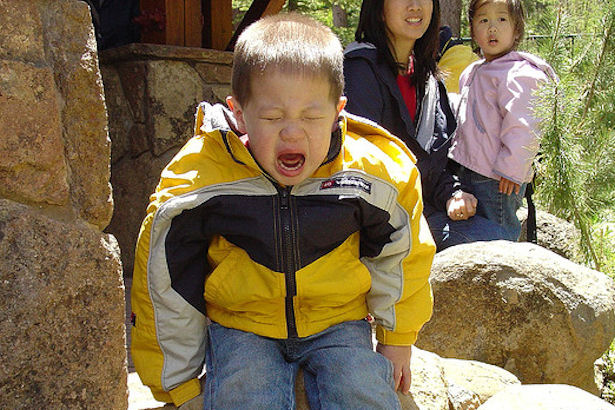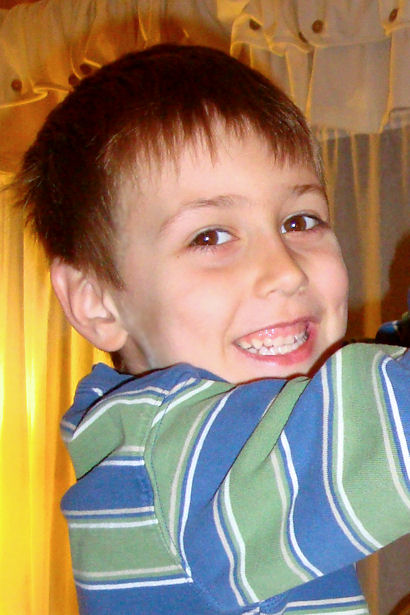 Children express their feelings in many ways – most of them loud. Infants cry, toddlers throw tantrums, preschoolers yell, and school-agers slam doors. These actions are developmentally appropriate and can be expected at each stage of your child’s life.
Children express their feelings in many ways – most of them loud. Infants cry, toddlers throw tantrums, preschoolers yell, and school-agers slam doors. These actions are developmentally appropriate and can be expected at each stage of your child’s life.
Because they can’t talk, infants cry to communicate needs and feelings. Toddlers and preschoolers are asserting their independence and learning how to control their feelings of frustration. School-agers are dealing with stress from school, peers, and home as they test their wings.
Dealing with our children’s feelings can be frustrating for parents because children often know exactly how to “push our buttons.” How we react to our children’s feelings is important for their feeling of self-worth and their development as they learn how to react to other people’s feelings.
Feelings shouldn’t be ignored, however inappropriate behavior shouldn’t be tolerated either. So how do parents accept children’s feelings without accepting bad behavior?
Beginning at a young age, parents can label the feelings. “I know you’re angry, but you can’t throw toys. It’s OK to feel angry but it’s not OK to throw things.” Help your child to recognize the feeling, then teach the words so they can express how their feeling. “You’re sad because it’s raining so we can’t go to the park today.”
Parents can also teach children to use their words. Children easily get caught up in their emotions and hit, bite, or throw things when they’re upset. Parents can say “I know you’re angry, but you need to use your words.” Teach your children to say “I’m angry! Don’t do that. I don’t like that. Please stop. That makes me mad.” so they have words to use when they get upset.
The home should be a safe place for children to air their feelings. While behavior that hurts others or harms property isn’t acceptable, children should know that their feelings are always acceptable.

Photo Credit: Tantrum by christine on Flickr






